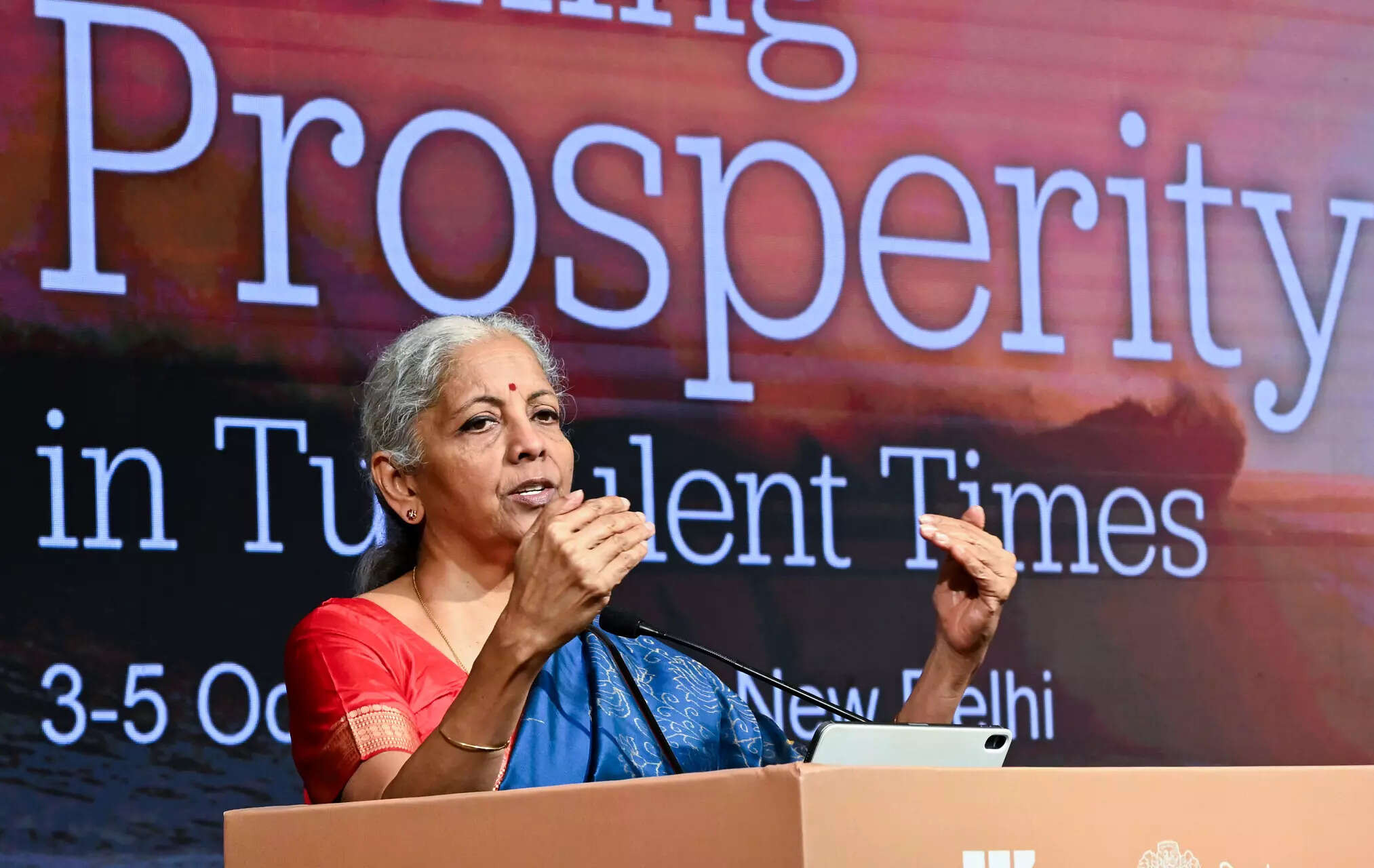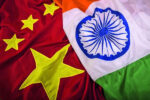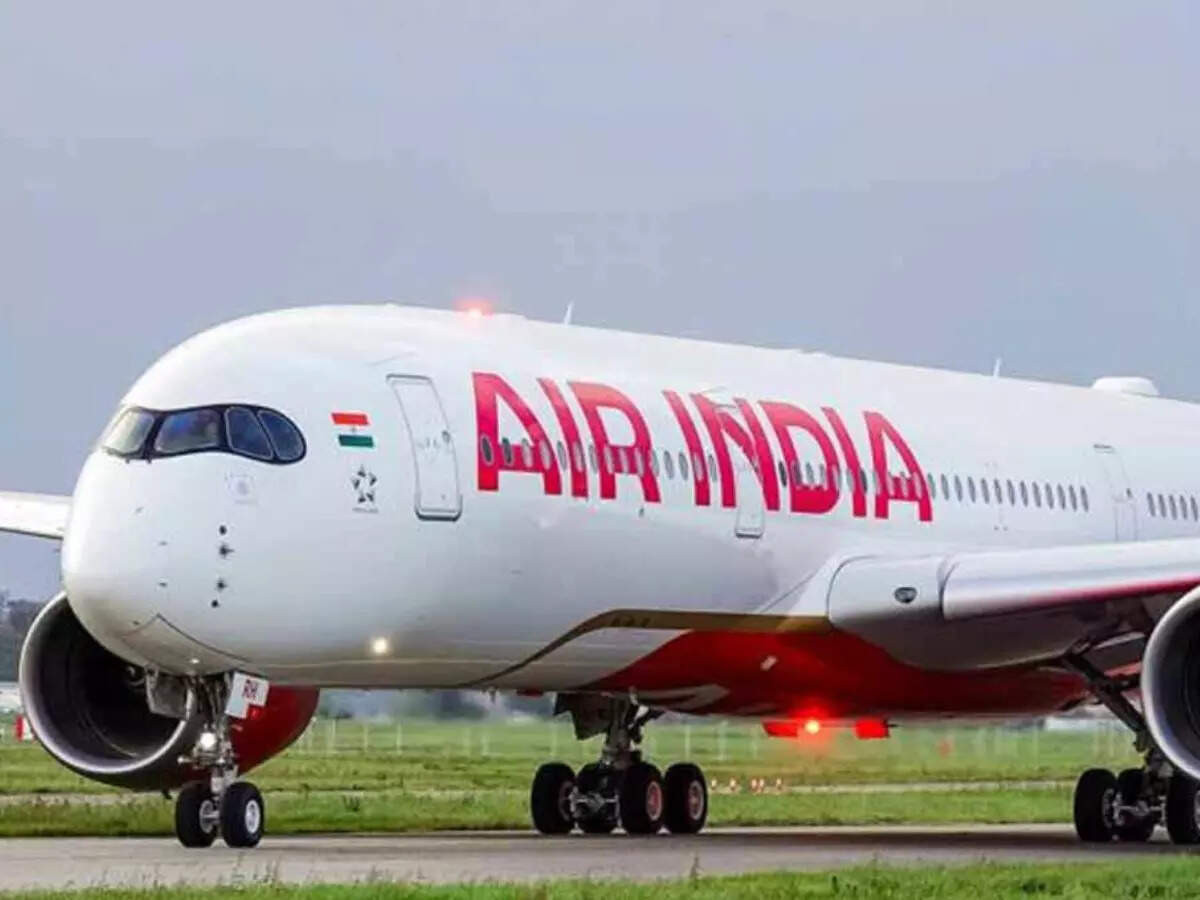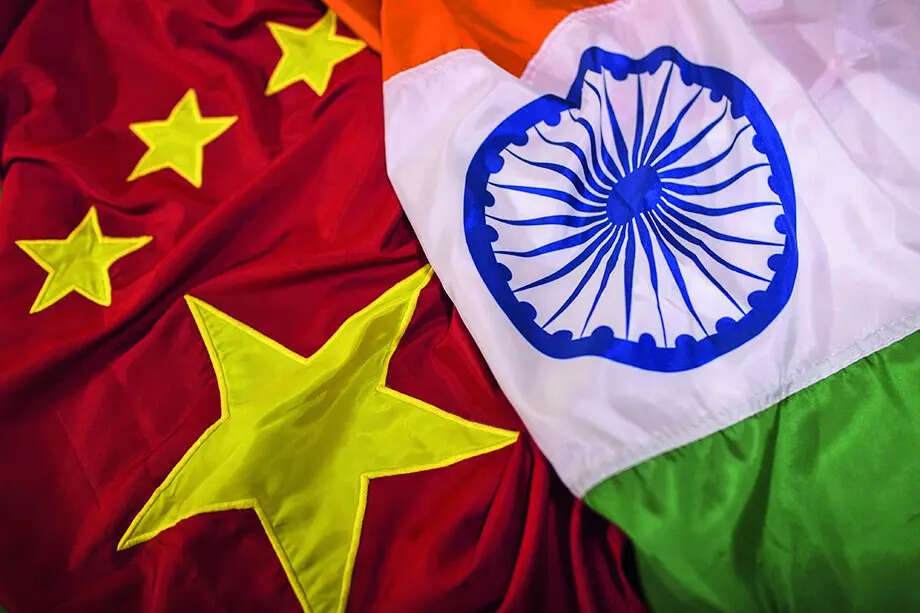Finance Minister Nirmala Sitharaman declared India’s economy resilient, driven by robust domestic consumption and investment, mitigating external shocks. RBI Governor Sanjay Malhotra underscored India’s stability amid global turbulence, projecting 6.8% growth for FY26. Despite international trade challenges and geopolitical realignments, India is deepening structural reforms, including GST changes, to maintain its status as the world’s fastest-growing major economy.
India’s Economic Resilience: Shrugging Off Global Headwinds
The global economy feels like a perpetually turbulent flight these days. From geopolitical tremors to supply chain snags, the list of potential disruptions seems endless. So, how is India navigating this volatile airspace? Finance Minister Nirmala Sitharaman recently offered a reassuring perspective, suggesting that India’s economic foundation is proving surprisingly resilient to these external shocks.
But what exactly makes India so buoyant amidst a sea of uncertainty? It’s a question worth exploring.
One key factor, highlighted by Sitharaman, is the government’s proactive approach to economic management. Rather than simply reacting to crises, there’s been a conscious effort to build a robust and diversified economy, one less susceptible to the whims of global markets. This includes a focus on infrastructure development, boosting domestic manufacturing through initiatives like “Make in India,” and fostering a vibrant startup ecosystem.
Think of it like this: a ship designed to withstand rough seas. The stronger the hull, the better it can weather the storm. India’s economic policies are essentially aimed at strengthening that hull.
The Power of Domestic Demand
While global trade often grabs headlines, India’s real strength lies in its massive domestic demand. With a population exceeding 1.4 billion and a rapidly growing middle class, the country has a built-in engine for growth. This internal engine can continue to hum even when external demand slows down. tag below:
“`html

“`
It’s a crucial advantage that many other economies lack. Imagine a car that can run on its own power source, needing less external fuel to keep moving. That’s the power of India’s domestic market. We delve into strategies for business growth in a fluctuating market in [another article here](internal-link-to-related-article).
However, it’s not just about size; it’s about dynamism. India’s consumer spending is on the rise, fueled by increasing incomes and aspirations. This creates a virtuous cycle of production, consumption, and investment, further reinforcing the economy’s resilience.
Navigating the Inflation Maze
Of course, no economy is completely immune to external pressures, and inflation remains a concern worldwide. India is no exception. Rising global commodity prices, particularly for oil and food, have put upward pressure on domestic prices.
The government is tackling this challenge through a multi-pronged approach. This includes measures to stabilize the supply of essential commodities, reduce import dependence, and manage fiscal deficits prudently. The Reserve Bank of India (RBI) also plays a crucial role through its monetary policy, carefully calibrating interest rates to balance inflation control with economic growth.
It’s a delicate balancing act, like walking a tightrope. Too much tightening of monetary policy could stifle growth, while too little could allow inflation to spiral out of control. The key is to find the right equilibrium.
Investing in the Future: Infrastructure and Innovation
India’s long-term economic prospects hinge on continued investment in infrastructure and innovation. The government has significantly ramped up spending on roads, railways, ports, and airports, creating jobs and boosting economic activity. This investment lays the groundwork for future growth, making the country more attractive to both domestic and foreign investors.
Simultaneously, fostering a culture of innovation is vital. India’s burgeoning startup ecosystem is a testament to the country’s entrepreneurial spirit. These startups are not only creating new jobs but also developing innovative solutions to address some of India’s most pressing challenges.
Imagine building a house. A strong foundation (infrastructure) and innovative design (technology) are both essential for creating a sustainable and thriving home.
A Measured Optimism for India’s Economic Growth
While challenges undoubtedly remain, there’s a palpable sense of optimism surrounding India’s economic outlook. The government’s proactive policies, the strength of domestic demand, and the focus on infrastructure and innovation are all contributing to a narrative of resilience.
India’s experience highlights that while external events invariably impact economic growth, a well-structured and diversified economy with a robust domestic market can weather the storms more effectively. This isn’t to say India is immune to global downturns, but rather equipped with the tools and strategies to navigate them more successfully. As India continues to invest in its infrastructure, foster innovation, and empower its citizens, it is poised to chart a course of sustained and inclusive economic progress, solidifying its position as a major global economic player.







